



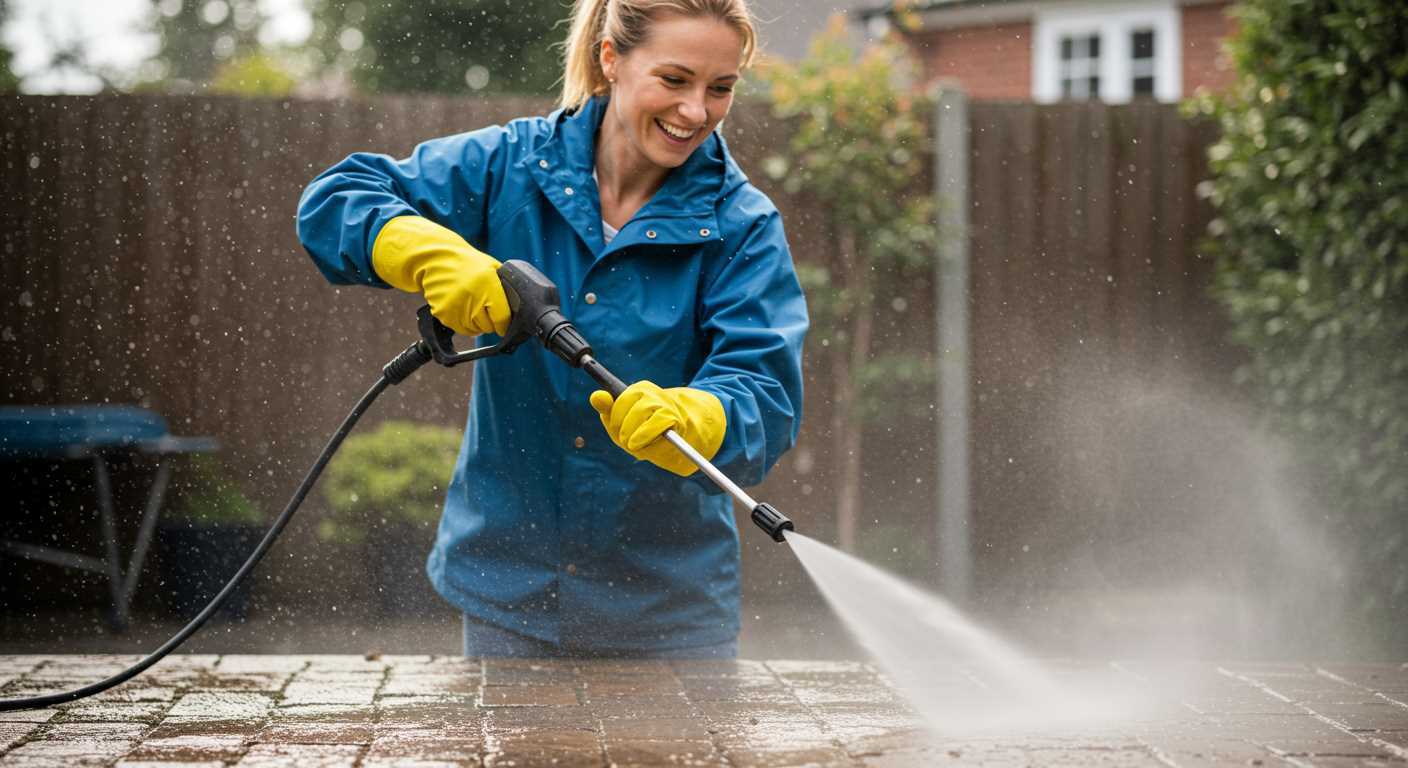
Begin by gathering the necessary tools: a high-pressure unit, a soft brush, and a quality detergent. Choose a mild soap specifically designed for automotive surfaces to prevent any damage to the paintwork. Ensure you have a clean bucket and a hose ready for rinsing.
Before starting, it’s wise to pre-rinse your vehicle. This initial step helps to remove loose dirt and debris, making the subsequent cleaning process more efficient. Aim the nozzle at a slight angle to avoid causing any harm to the vehicle’s surface.
Once the pre-rinse is complete, dilute the soap in your bucket according to the manufacturer’s instructions. Use the soft brush to apply the soapy mixture, working from the top to the bottom. This method ensures that dirt flows downwards and doesn’t re-adhere to already cleaned areas.
After scrubbing, it’s time to rinse off the soap. Use the high-pressure equipment again, maintaining a safe distance from the surface. This not only ensures a thorough rinse but also helps to avoid water spots forming on the paint.
Lastly, drying your vehicle is crucial. Use a microfiber towel to gently dry the surfaces, especially around the edges and trim. This prevents water marks and keeps the finish looking pristine.
Effective Techniques for Cleaning Your Vehicle
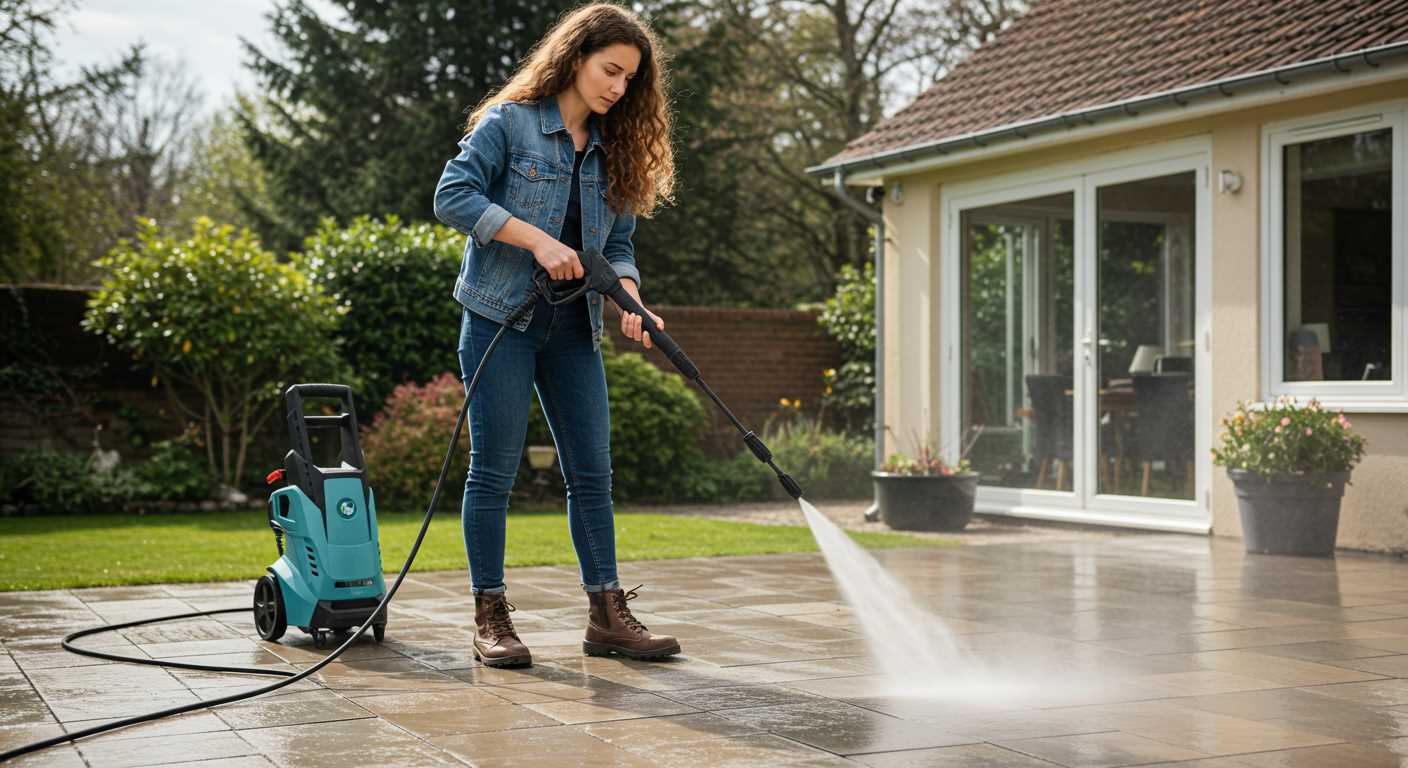
Start by selecting an appropriate nozzle for your device. A 25-degree nozzle is usually ideal for most surfaces, as it provides a good balance between power and coverage. I’ve found that using a rotating nozzle can also enhance cleaning efficiency, especially for stubborn grime.
Preparation is Key
Before engaging in the cleaning process, ensure the surroundings are clear. Remove any loose items from the interior and exterior. I always advise pre-rinsing the exterior to loosen dirt and debris. It’s surprising how much difference this makes.
Utilising Cleaning Solutions
Incorporate a suitable car shampoo mixed with water in a foam cannon attachment. This not only helps lift away grime but also adds a layer of protection. I’ve experimented with various formulations, and a pH-balanced solution works best without damaging the paintwork.
Once the foam has settled for a few minutes, rinse it off at a lower pressure. This prevents soap from drying on the surface, which can lead to streaks. For those considering upgrading their equipment, check out the best cordless pressure washers for flexibility and ease of use.
After rinsing, dry the surface with a microfibre cloth to avoid water spots. This step is often overlooked, but it truly enhances the final appearance. Regular maintenance will ensure your vehicle remains in pristine condition, and using these techniques will make the task enjoyable rather than a chore.
Choosing the Right Pressure Washer for Car Cleaning
Opt for a model with a pressure rating between 1200 to 1900 PSI. This range effectively removes dirt and grime without risking damage to paintwork. I once used a 3000 PSI machine on a friend’s vintage car, and let’s just say, it was a costly mistake–paint damage was irreversible.
Consider the type of motor. Electric units are quieter and more suitable for residential use, while gas-powered options deliver greater power for heavy-duty tasks. I found that an electric model, like the one I used for my hatchback, was perfect for regular maintenance without the hassle of fuel and maintenance.
Look for adjustable nozzles. A rotating nozzle can help reach tight spots and provide variable spray patterns. I remember struggling with a fixed nozzle on my first unit, making the job tedious. A multi-function nozzle transformed my experience, allowing me to switch from a wide spray for rinsing to a focused stream for stubborn dirt.
Don’t overlook the importance of accessories. A foam cannon is a brilliant addition for applying soap evenly. When I first tried one, it revolutionised my cleaning routine, making it not just effective but also enjoyable. Just attach it to the lance, and you’ll see a thick layer of foam that clings to the surface, ensuring a thorough clean.
Evaluate portability. If you have limited storage space or need to move the equipment around your driveway, lightweight options are ideal. I once owned a bulky model that was a nightmare to transport. A compact design can save you time and effort.
Finally, check reviews and real-life experiences. I often relied on feedback from fellow enthusiasts before making a purchase. Their insights helped me avoid models that looked great on paper but underperformed in practice. Investing time in research pays off in the long run.
Preparing Your Vehicle for a High-Pressure Clean
Before engaging in a deep clean, ensure your vehicle is ready. Begin by removing any personal belongings from the interior and exterior. This includes mats, garbage, and any items that could get damaged or obstruct the cleaning process.
Next, inspect the exterior for loose parts or any damage. Pay special attention to areas like mirrors, trim, and any aftermarket additions. If anything is loose, secure it to prevent further damage during the cleaning.
Consider covering any sensitive components such as air intakes, electrical connections, and exposed fuel caps with plastic bags. This precaution prevents water ingress that could lead to electrical issues or fuel contamination.
Before the main event, it’s wise to pre-rinse the surface. A gentle spray with a garden hose helps to remove loose dirt and debris. This step reduces the risk of scratching the paint during the cleaning process.
Here’s a quick reference table to ensure you’re fully prepared:
| Preparation Task | Description |
|---|---|
| Remove Personal Items | Take out mats, trash, and any belongings from inside and outside. |
| Inspect for Damage | Check for loose parts and secure them to avoid further issues. |
| Cover Sensitive Areas | Shield air intakes and electrical components with bags. |
| Pre-Rinse | Use a hose to loosen dirt before applying any cleaning agents. |
By taking these preparatory steps, you can ensure a more effective and safe cleaning process, leading to better results and protecting your vehicle in the long run.
Selecting the Appropriate Cleaning Solution
Choosing the right cleaning agent is crucial for achieving optimal results. Over my years in the industry, I’ve tried a multitude of products, each offering different benefits and drawbacks. Here are some insights based on my personal experiences.
Types of Cleaning Solutions
- Alkaline Cleaners: Great for removing grease and oil stains. They work effectively on automotive surfaces but should be rinsed thoroughly to prevent damage.
- Acidic Cleaners: Excellent for tackling mineral deposits and road grime. Use them cautiously, as they can harm paint if left too long.
- pH-Neutral Cleaners: Safe for all surfaces, these solutions are less aggressive and perfect for regular maintenance without risk of damage.
Eco-Friendly Options
As I explored various products, I found eco-friendly alternatives gaining popularity. They tend to be biodegradable and less harmful to the environment. Many brands offer concentrated formulas, which means you can use less product while still achieving great results.
- Look for labels indicating biodegradable ingredients.
- Avoid phosphates, which can harm aquatic life.
- Concentrated formulas often provide cost savings and less packaging waste.
Always check compatibility with your specific vehicle finish. Some cleaning agents may not be suitable for certain coatings or materials, leading to unwanted damage. A little research goes a long way in ensuring the longevity of your vehicle’s appearance.
Lastly, remember that using a cleaning solution is not just about the immediate results; it’s also about maintaining the integrity of your vehicle. Taking the time to select the right product will pay off in the long run, keeping your ride looking fresh and new.
Setting Up Your Pressure Washer Safely
Ensure a secure setup by following these steps:
Location Matters
- Select a flat, stable surface free from debris.
- Avoid areas near flammable materials or structures.
- Keep the work area well-lit for visibility during operation.
Check Equipment
- Inspect hoses and connections for wear or damage before use.
- Ensure the water supply is adequate and free from contaminants.
- Confirm that the electrical outlet is suitable and grounded.
Always wear protective gear, including goggles and gloves, to shield yourself from debris and chemicals. A budget option, such as a budget pressure washer for car detailing, can still offer safety features and reliability.
Before starting, ensure that the nozzle is correctly attached and set to an appropriate pressure level. Test the spray pattern on a small, inconspicuous area to prevent damage. Always point the nozzle away from yourself and others, keeping a safe distance while operating.
Finally, keep a fire extinguisher nearby, just in case, and make sure to have a plan for emergencies. Being prepared will help you focus on the task at hand without worry.
Techniques for Washing Your Vehicle Using a High-Pressure Cleaner
Begin by applying a pre-soak solution to the entire surface. This step helps loosen stubborn dirt and grime, making the subsequent cleaning much easier. I recall a time when I rushed this part and ended up scrubbing more than necessary, which could have been avoided with a proper pre-soak.
Utilise a wide-angle nozzle for a gentler spray, particularly on painted surfaces. Narrow nozzles can damage finishes if used too closely. I learned this the hard way; a colleague once used a narrow jet on his shiny new ride and left some unsightly marks.
Maintain a consistent distance of about 2 feet from the vehicle while spraying. This distance ensures even coverage and prevents damage. I often see people too close, thinking they will clean faster, but it usually results in a mess instead.
Work in sections, starting from the top and moving downwards. This technique prevents dirt from running down onto already cleaned areas. I’ve found that methodical cleaning not only saves time but also ensures a thorough job.
For tough stains or caked-on mud, use a spot-cleaning technique. Direct a concentrated spray at those areas while keeping the rest of the surface damp. I remember tackling a particularly muddy trip; this approach saved me from a lengthy manual scrubbing session.
After the initial clean, it’s wise to rinse thoroughly. This removes any remaining detergent and dirt residue. I’ve had instances where skipping a proper rinse led to streaks and spots drying on the surface, which required another round of cleaning.
Finally, finish off with a wax or sealant application after drying. This protects the finish and enhances shine. I always keep a bottle handy; it makes a noticeable difference in the appearance and longevity of the vehicle’s exterior.
Common Mistakes to Avoid While Pressure Washing
Avoiding certain pitfalls can save time and effort. Here are key missteps to steer clear of:
- Too Close to the Surface: Keeping the nozzle too near can cause damage. Maintain a distance of at least 2 feet to prevent paint chipping or scratches.
- Incorrect Nozzle Selection: Using the wrong nozzle can lead to ineffective cleaning or harm surfaces. Opt for a wider spray for delicate areas and a narrower one for tougher grime.
- Neglecting to Pre-Rinse: Skipping a pre-rinse can leave dirt and debris that may scratch during the cleaning process. A quick rinse helps lift loose particles.
- Overusing Detergents: Applying too much cleaning solution can leave residues. Follow manufacturer instructions for dilution to avoid build-up.
- Ignoring Water Pressure Settings: Not adjusting pressure settings for different tasks can result in damage. Lower settings are suitable for sensitive areas, while higher settings can tackle stubborn stains.
- Washing in Direct Sunlight: This can lead to quick drying of soap and water, creating streaks. Choose a shaded area or wait for cooler times of day.
- Forgetting to Protect Sensitive Areas: Areas like trim and windows can be damaged by high pressure. Cover these with plastic or cloth to safeguard them.
- Rushing the Process: Taking time is crucial for thorough cleaning. Hurrying can lead to missed spots and dissatisfaction with results.
Reflecting on my experiences, I remember a time when I neglected to adjust the nozzle for a delicate section. The result was a chipped paint job that took weeks to rectify. Learning from such blunders is vital for optimal outcomes.
Rinse and Dry Your Vehicle Properly
After completing the cleaning process, achieving a spotless finish demands attention during the rinsing and drying phases. Start by using a wide-angle nozzle on your equipment to ensure even distribution of water. This helps to dislodge any remaining suds and prevents water spots from forming on the surface.
Rinsing Techniques
Begin from the top and work your way down. This method allows dirt and grime to flow downwards, ensuring that you don’t push contaminants back onto previously cleaned areas. If your equipment has a soap dispenser, ensure it is switched off before rinsing to avoid mixing soap with water. Aim for a gentle spray to avoid damaging the paintwork.
Drying Methods
For drying, microfibre towels are the best choice. They absorb moisture efficiently and reduce the risk of scratching the surface. Use a blotting motion instead of wiping to lift water off the paint. If you encounter stubborn spots, a leaf blower can be handy for blowing off excess water from crevices and hard-to-reach areas.
| Rinsing Tips | Drying Tips |
|---|---|
| Use wide-angle nozzle | Microfibre towels recommended |
| Start from the top | Blotting motion preferred |
| Avoid mixing soap with rinse water | Consider using a leaf blower for tight spots |
By following these steps, you will enhance the longevity of your vehicle’s finish and maintain its appearance for years to come. Pay attention to detail during rinsing and drying; it makes all the difference in the final result.
Maintaining Your Pressure Washer After Use
After finishing your task, it’s crucial to tend to your equipment to ensure longevity and performance. Start by disconnecting the water supply and relieving any pressure in the system. Simply pull the trigger on the gun until no more water comes out. This prevents any accidental discharge while you’re working on it.
Cleaning the Nozzle and Filters
Regularly inspect and clean the nozzle. A clogged nozzle can diminish the effectiveness of the spray. Use a small wire or pin to clear any debris. Also, check the inlet filter for blockages. Rinse it under running water, allowing any dirt to wash away. This simple maintenance step can help maintain optimal water flow.
Storing Properly
Store your unit in a dry, sheltered place to protect it from the elements. If you live in a region with freezing temperatures, consider running a pump protector through the system. This prevents any residual water from freezing and causing damage. Additionally, winding the hose neatly will prevent kinks and prolong its lifespan.
Lastly, take the time to check all connections and hoses for wear and tear. Replace any damaged parts immediately. Keeping everything in good condition not only enhances performance but also saves you time and money in the long run.

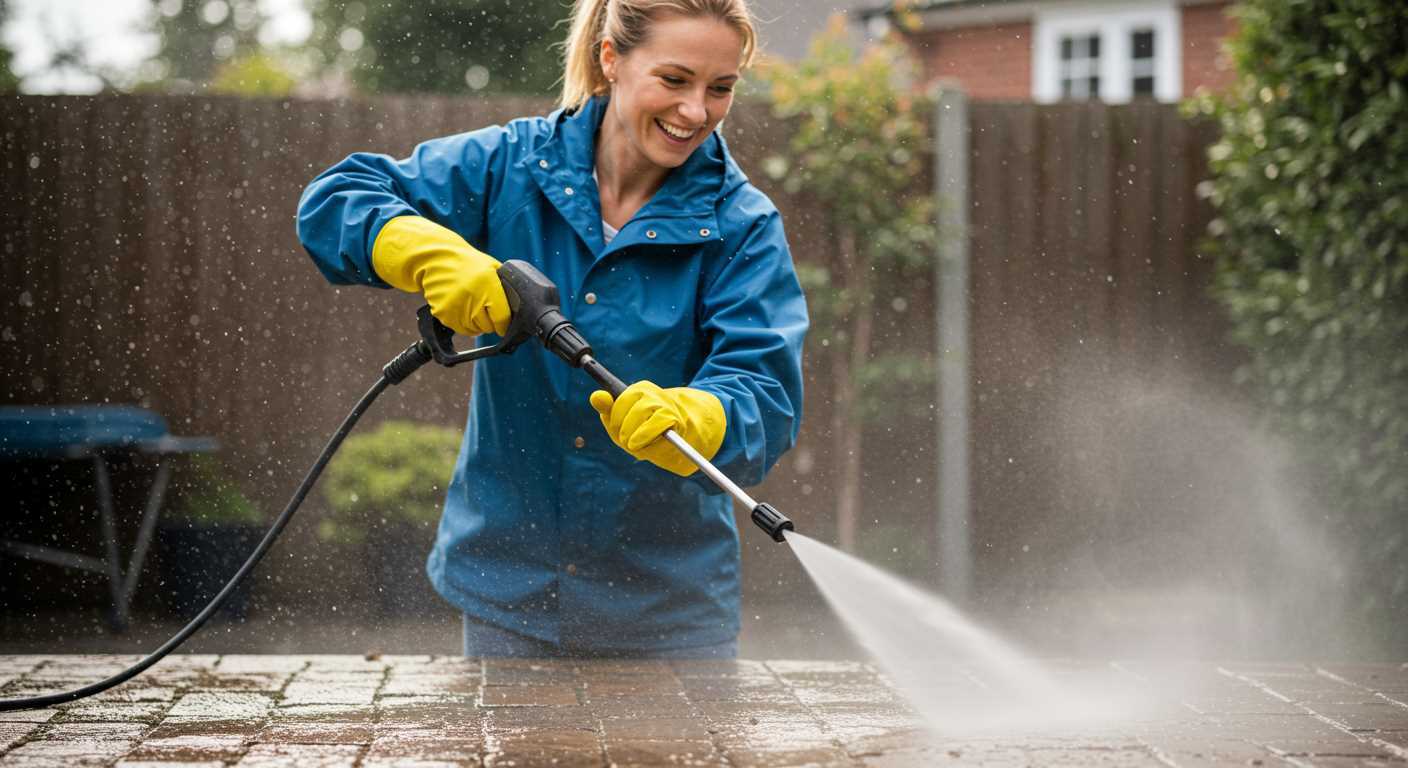



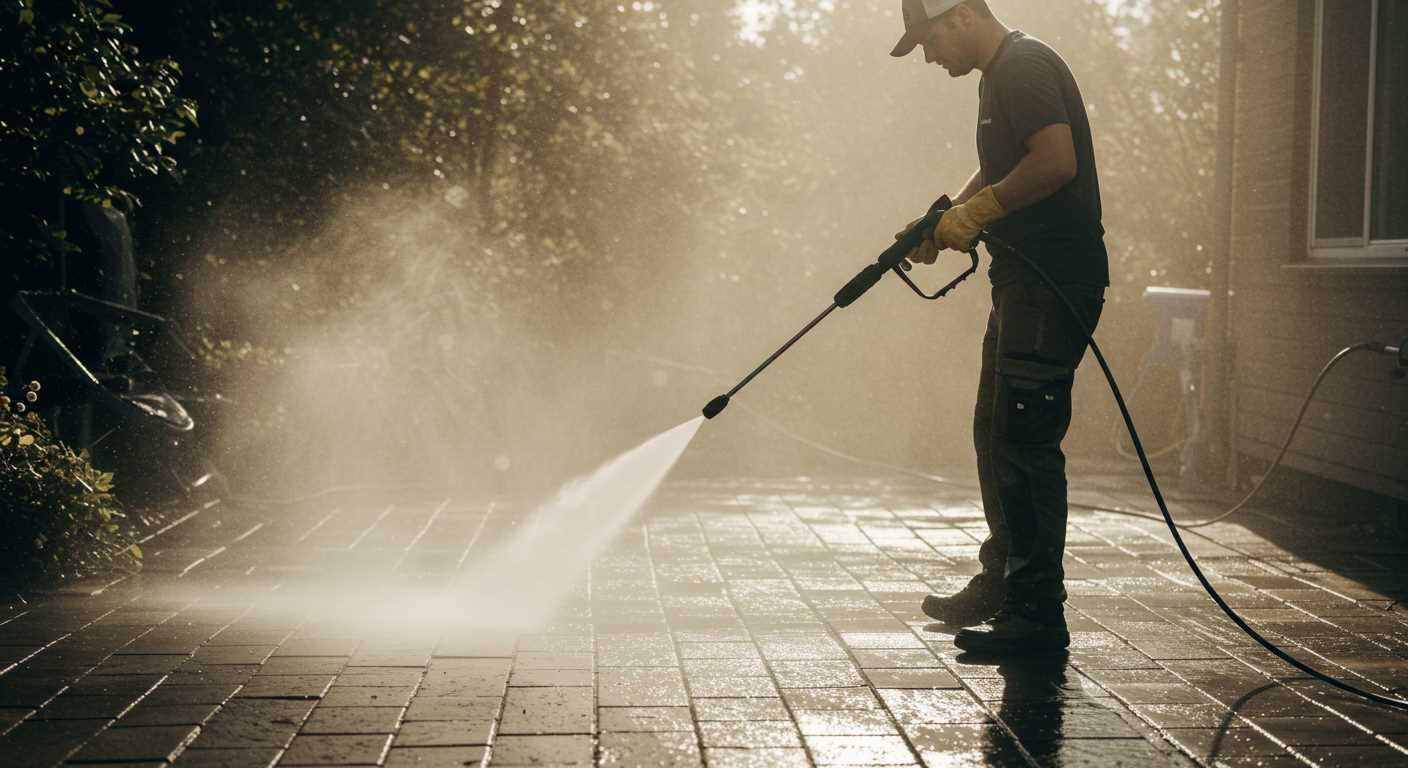
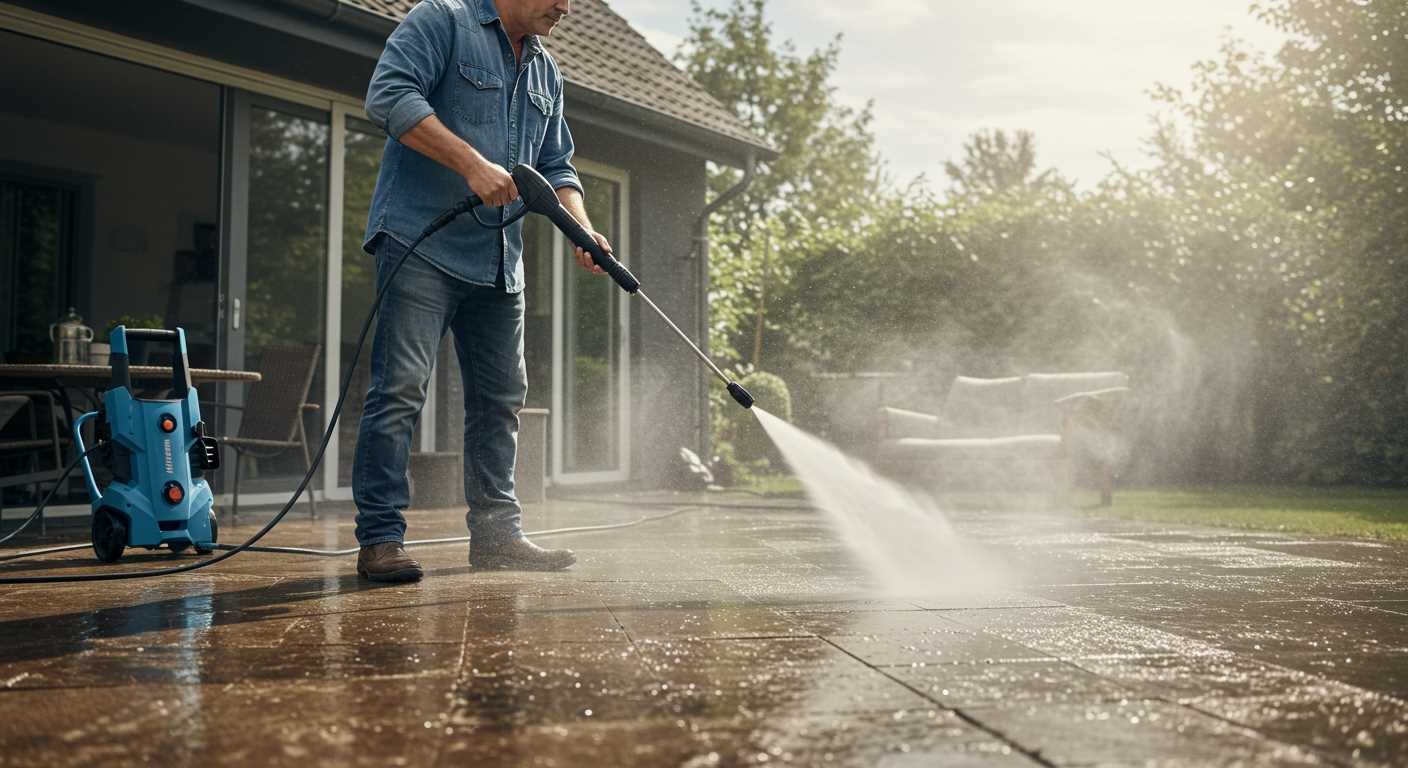
.jpg)


